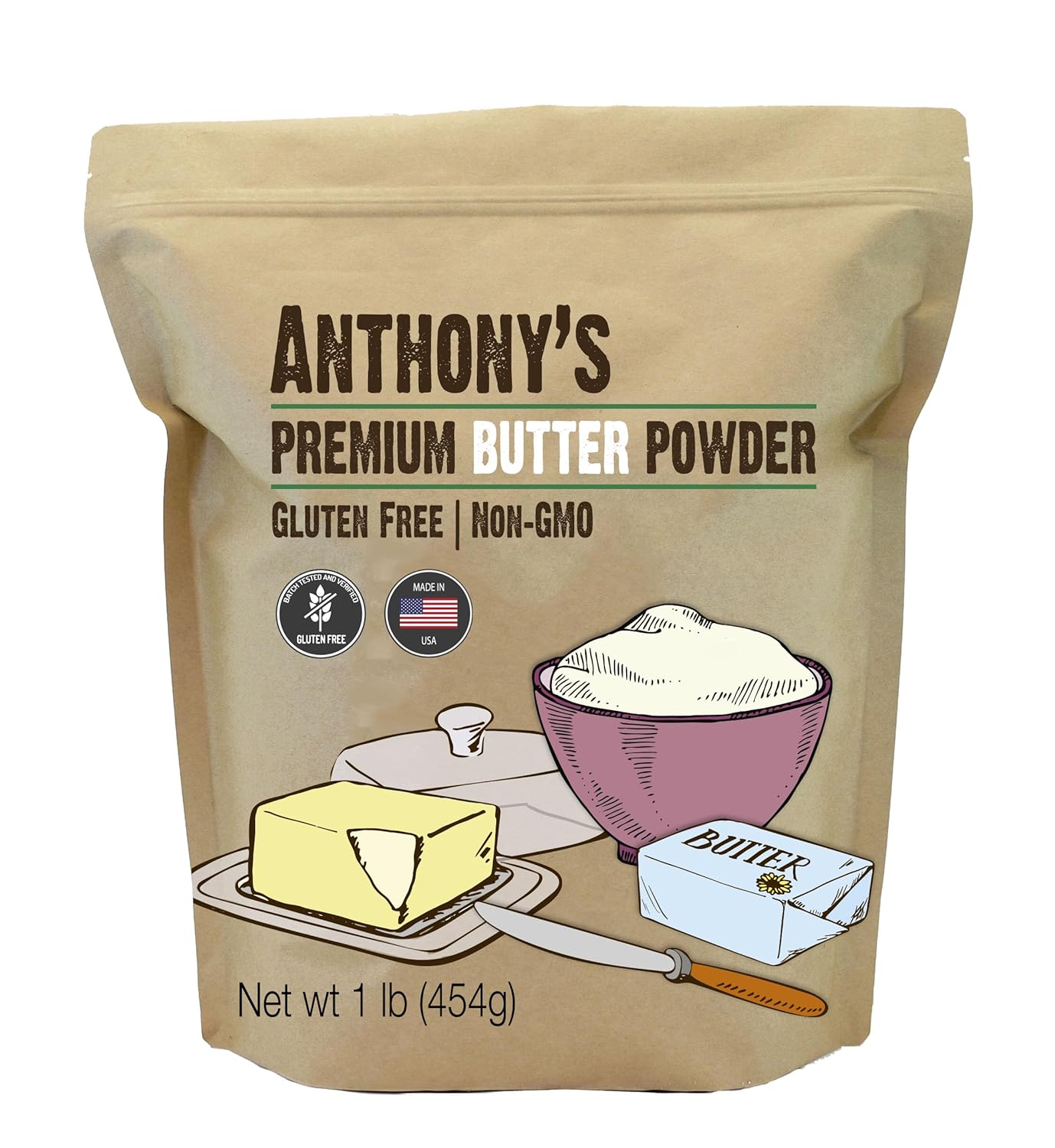






Price: $18.99
(as of Apr 11, 2025 17:57:24 UTC - Details)
What is the Best Butter to Use: A Comprehensive Guide
Introduction
When it comes to cooking and baking, butter is a staple ingredient that adds flavor and richness to a wide variety of dishes. But with so many options available on the market, you might wonder, what is the best butter to use? Whether you are a baking enthusiast, a home cook, or someone who simply enjoys a good meal, knowing the right type of butter to choose can make a significant difference.
In this article, we will explore various types of butter, their uses, and what makes them stand out. We’ll also delve into long-tail keywords such as best butter for baking, best butter for cooking, and organic butter benefits. By the end of this guide, you’ll have a clearer understanding of how to select the perfect butter for your culinary needs.
1. Best Butter for Baking
When it comes to baking, the type of butter you use can greatly affect the texture and flavor of your baked goods. For most recipes, unsalted butter is recommended because it allows you to control the salt content in your dish. Unsalted butter also has a fresher taste and is often preferred by professional bakers.
Why Choose Unsalted Butter?
Unsalted butter is ideal for baking because it has a consistent flavor profile. Salted butter can vary in salt content, which might lead to unpredictable results in your baked goods. By using unsalted butter, you can ensure that your cookies, cakes, and pastries turn out just as intended.
Can You Use Margarine Instead?
While margarine is a common substitute for butter, it lacks the rich flavor that butter provides. If you're looking for the best results in your baked goods, stick with real butter. The taste and texture of butter simply cannot be replicated by margarine, especially in recipes where butter is a key ingredient.
2. Best Butter for Cooking
When it comes to sautéing or pan-frying, the best butter to use is often clarified butter or ghee. These types of butter have had the milk solids removed, which raises their smoke point and makes them more suitable for high-heat cooking.
What is Clarified Butter?
Clarified butter is made by melting regular butter and allowing the milk solids to settle at the bottom. The clear, golden liquid is then poured off, leaving behind the milk solids. This process not only increases the smoke point, making it less likely to burn, but it also gives the butter a nutty flavor that enhances many dishes.
Benefits of Ghee
Ghee, an Indian staple, is another excellent choice for high-heat cooking. It’s made similarly to clarified butter but is cooked longer to develop a richer flavor. Ghee is also lactose-free, making it a great option for those with dairy sensitivities.
3. Organic Butter Benefits
If you are health-conscious or concerned about the quality of your ingredients, you might consider using organic butter. Organic butter is made from the milk of cows that are fed organic feed and are not treated with hormones or antibiotics.
Why Choose Organic?
Choosing organic butter can be beneficial for several reasons. First, it tends to have a more intense flavor due to the cows' diet. Additionally, organic farms often practice sustainable farming, which is better for the environment.
Nutritional Advantages
Organic butter also contains higher levels of certain nutrients, such as omega-3 fatty acids and vitamins A and E, compared to conventional butter. This makes it a healthier option for cooking and baking.
4. Best Butter for Spreading
For those who enjoy slathering butter on their toast or bagels, the best butter for spreading is often a whipped or spreadable butter. These types of butter are softer and easier to spread straight from the fridge.
What is Whipped Butter?
Whipped butter is regular butter that has been aerated to make it light and fluffy. This process makes it much easier to spread, especially on cold bread. Whipped butter also tends to have a lighter flavor, making it a favorite for breakfast items.
Spreadable Butter Options
You can also find spreadable butters mixed with oils that remain soft and easy to spread, even when refrigerated. These options are convenient and can add a new flavor dimension to your meals.
5. Flavored Butters for Variety
If you’re looking to elevate your dishes, consider trying flavored butters. These can be made at home or purchased pre-made, and they add an exciting twist to your meals.
How to Make Flavored Butter
Making your own flavored butter is simple. Just mix softened butter with your choice of herbs, spices, or even sweet ingredients like honey or cinnamon. For instance, garlic herb butter is perfect for steak or bread, while honey butter is delightful on biscuits or pancakes.
Store-Bought Options
If you’re short on time, many stores offer a variety of flavored butters, from garlic to cinnamon. These can be a quick and easy way to add flavor without any extra effort.
Conclusion
In conclusion, the question of what is the best butter to use truly depends on your specific needs. For baking, unsalted butter is the go-to choice, while clarified butter is ideal for high-heat cooking. Organic butter offers health benefits and superior taste, and whipped butter provides easy spreading. Don't forget to explore flavored butters for an extra kick to your meals.
By understanding the different types of butter and their unique qualities, you can elevate your cooking and baking to new heights. Always remember to choose the butter that best suits your needs and enjoy the delicious results!
Premium Butter Powder with 72% Fat Content
Product of the USA, Non-GMO, rBST Hormone Free, Keto Friendly
Simply replace churned butter in any recipe!
Sprinkle it on popcorn, or add it to soups, sauces, mac & cheese, potatoes, steamed veggies, and more!
Butter powder is shelf-stable, convenient, and great for travel and camping!
